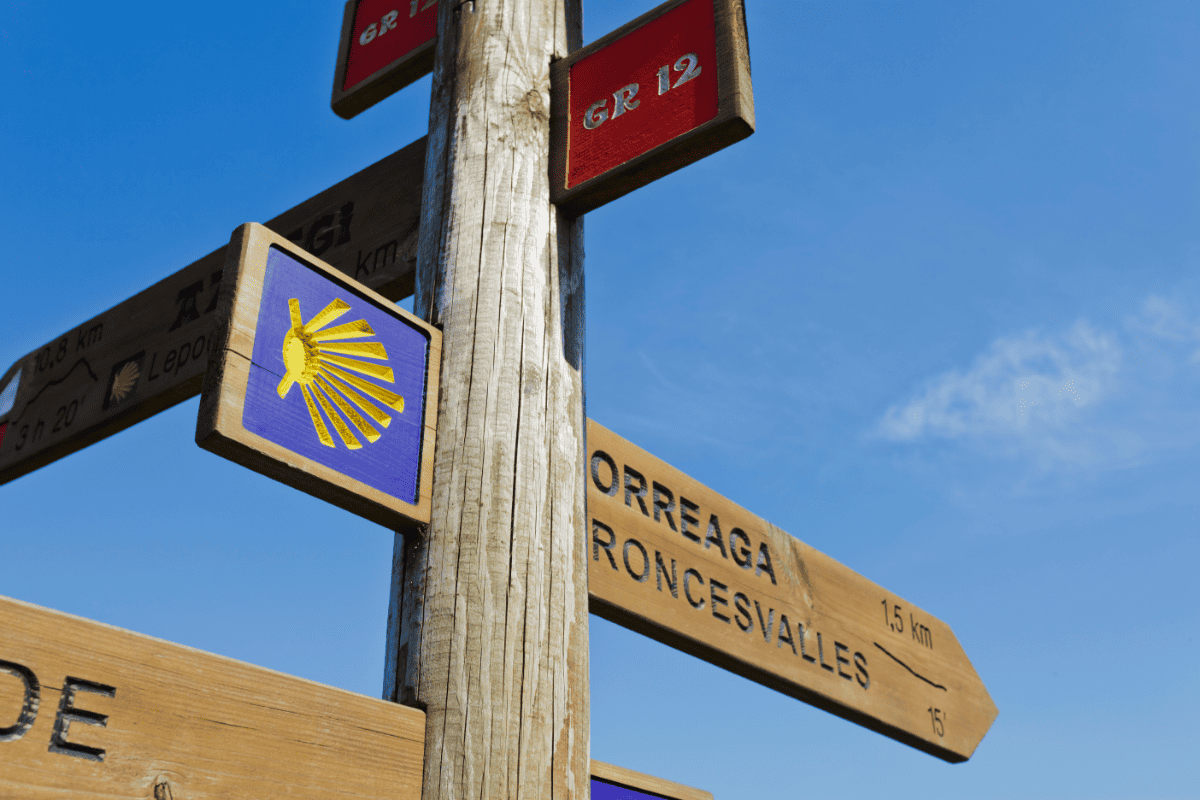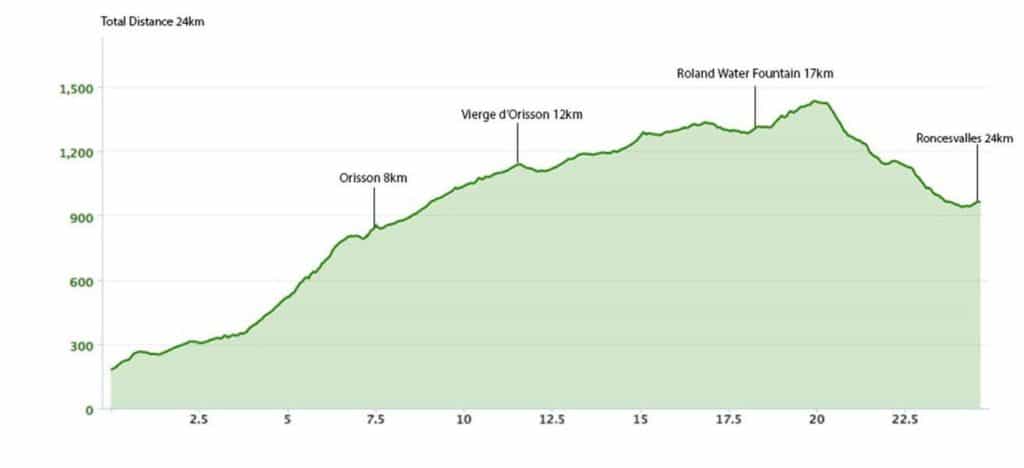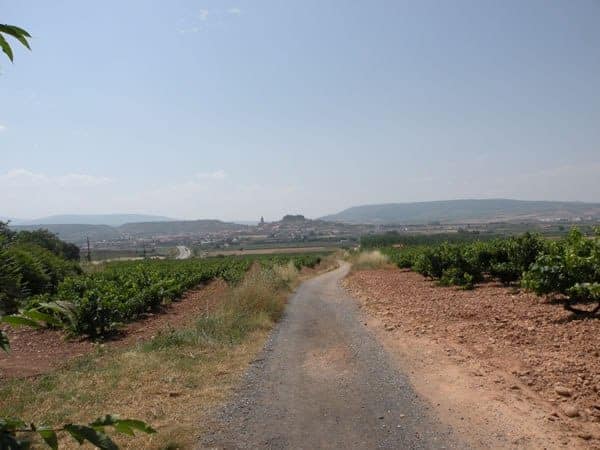Deciding to embark on the Camino de Santiago is only the beginning of your journey. You still have to plan which way you’ll go, and there are lots of Camino de Santiago routes from all over Europe. So, how do you choose the best Camino route for you?
Each route offers a unique experience for pilgrims as they make their sacred journey to Santiago de Compostela, and the thought of having to settle with just one route seems impossible. But really, all it takes is a few considerations for you to decide, and I’m here to help with how to choose the best Camino de Santiago route for you. To make things easier, I’ve narrowed it down to the 12 main waymarked trails.
Things to Consider When Choosing a Route
Distance
Routes begin in different parts of Europe, including Germany, Switzerland, Ireland, Poland, and the Netherlands. The main routes, however, can be found in France, Portugal, and Spain and converge at Santiago de Compostela.
With routes starting from separate locations, you can expect each to have varying distances from Santiago. Depending on your preference and ability to travel, there are shorter and longer routes to choose from.
Recommended Routes
The shortest routes you can use are Camino Finisterre (87 km) and Camino Ingles (110 km) in Spain; and Camino Aragonés (160 km) along the French-Spanish border.
For pilgrims with more time, the longest routes are Camí San Jaume (600 km), Camino de Levante (900 km), and Via de la Plata (1000 km) in Spain; and Camino routes from France – Chemin du Puy (740 km), Chemin d’Arles (750 km), Camino Francés (790 km), Camino del Norte (830 km), Chemin de Vézelay (900 km), and Chemin de Paris (1000 km).
The remaining Spanish and Portuguese routes are quite in the middle and have about 300 kilometers or so on their paths. They are Camino de Madrid (320 km), Camino Primitivo (320 km), Camino Mozárabe (390 km), Camino Portugués Central (241 km) and Camino Portugués da Costa (372 km).
Physical Health and Endurance
Another important thing to consider is your ability to walk long distances, as well as those traveling with you. Pilgrims who are more able should be able to travel across long and difficult routes. A good example is the French Way (Camino Francés), which can be challenging once you reach the Meseta.
Recommended Route
Pilgrims who are less able (i.e. children, elderly, people with physical disabilities or illness) should use the Portuguese Way (Camino Portugués) as an alternative. Not only is the route easier, it’s also more family-friendly.
Popular Camino Routes
Some Camino de Santiago routes are undoubtedly more popular than others. The more popular a route is, the more pilgrims you will come across. And you’ve got to wonder why these routes are busy because there’s usually a good reason behind it.
Recommended Routes
If you don’t have any problem with larger crowds, or if you otherwise enjoy socializing and meeting new people, you could go the French Way or the Portuguese Way. No matter the time of the year, they get plenty of traffic for several reasons.
These Caminos are well-marked, so there’s barely any chance for you to get lost here. Restaurants and villages are evenly spaced, and there will always be a place for you to stop and refresh every 3 to 5 kilometers. The French Way is the best route for first-time pilgrims since information and commercial transport are more readily available. The route also passes by large towns with health care services, should you need any medical assistance.
The Camino Primitivo, although less frequented, is popular in its own right. It is the Original Way – the route taken by the first pilgrims of Santiago de Compostela. For pilgrims who prefer cycling to walking, it is best to avoid the French Way. Portugués da Costa (The Portuguese Coastal Way) and Camino del Norte (the Northern Way) are good for cycling, especially during the summer months.
The Via de la Plata and Camino de Invierno are the two least popular routes, and there aren’t very many pilgrims around. Thus, they are the perfect Camino routes for people wanting an off the beaten track experience or prefer traveling with fewer pilgrims.
Best Time of the Year
Many pilgrims wonder when is the best (and worst) time of year to travel to Santiago de Compostela and which route they should take. Generally, the crowds and weather are more forgiving during April, May, June, and September. Routes are not as busy compared with the summer months, and the climate will be warm or hot – which makes for much better walking than the cold or heat of summer. February, March, and October are still good months to walk though you would have to prepare for rainy weather and snow on mountains.
January and December are the worst times to travel in terms of weather since it will be winter in Spain. Still, many pilgrims walk the Camino de Santiago in winter. July and August are not good months either. These are the peak months and, therefore, the busiest. Booking tickets and hotels will be more difficult, and the more popular routes will be too crowded.
Camino Attractions
Finally, if you choose a Camino de Santiago route that best suits you, you should never forget to factor in the attractions. Santiago de Compostela may be a wonderful destination at the end of your journey, but that doesn’t mean you should miss out on attractions along the way.
Recommended Routes
Chemin de Paris in France is especially popular among tourists. On the other hand, Portugal provides stunning views of the coast with Camino Portugués da Costa.
By now, you already know how to choose the best Camino de Santiago route for you. It really depends on a lot of factors – such as the distance needed to be traveled, your physical ability, the people coming with you on the pilgrimage, the popularity of the place, the time of year, and the attractions you’ll be seeing. Ultimately, the route you choose will decide how great your experience will be.

I love hiking, backpacking, and camping. From the Camino de Santiago to the West Highland Way in Scotland or simply a great day hike on the weekend. Hiking refreshes me, my mind, and keeps my body reasonably fit. So far I have walked three Camino routes and many other long distance hikes in the UK, Canada, and around the rest of Europe. One of the best was my hike up Ben Nevis.




Have you ever thought about putting your writings in a book – maybe a book for every route…
I’d buy all of them, if they were in Kindle or some e-book format, I could take them with me on the Camino! You are the most helpful resource we have!
Blessings,
Jess